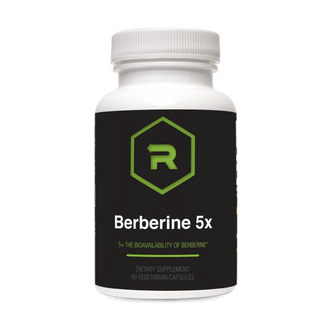Plantar warts, caused by the human papillomavirus (HPV), can be stubborn and painful, especially when located on pressure points like the heel or ball of the foot. The best treatment approach depends on the severity, location, and patient immune status, and typically requires a multimodal strategy.
First-Line Treatments (Evidence-Based & Commonly Used)
1. Salicylic Acid (Topical Keratolytic)
-
OTC or prescription strength (17–40%)
-
Mechanism: Gradual destruction of infected tissue; helps stimulate immune response
-
Best used daily after soaking and paring (with a scalpel blade) the wart
-
Success rate: ~50–70% with consistent use over 4–12 weeks
-
Often combined with occlusion (duct tape method)
2. Cryotherapy (Liquid Nitrogen)
While this is my preferred method of treatment, it is difficult to stock the liquid nitrogen necessary for the procedure so we don't generally offer this at Revolution.
-
Freezes the wart tissue (−196°C), causing immune stimulation and necrosis
-
Usually done every 2–3 weeks for 3–6 sessions
-
Moderate pain, may cause blistering
-
Success rate: ~40–70%
Advanced or Refractory Case Options
3. Cantharidin (Blistering Agent)
-
It is not available Over-the-Counter and must be administered in the clinic. The procedure is simple: we pare down the wart and apply a small amount of Cantharidin with a toothpick to the surface of the wart. We then cover this with an occlusive dressing that is left on for up to 24 hours.
-
Causes a blister under the wart, leading to separation and immune activation
-
Painless on application, blister develops in 24–48 hrs
-
Repeat every 2–3 weeks as needed
4. Immunotherapy (Topical or Intralesional)
-
For resistant or multiple warts, or in patients with impaired immunity
-
Imiquimod (Aldara) – immune modulator cream used 3x/week
-
Intralesional Candida antigen – injects immune stimulant into wart to provoke systemic clearance
-
Zinc sulfate (oral or topical) also shows mild benefit in immune boosting
5. Laser Therapy (e.g., Pulsed-Dye Laser or CO₂)
-
Targets wart vasculature or vaporizes tissue
-
Effective but expensive and painful
-
Used when conservative options fail
- We don't have these lasers at Revolution. You would need to be referred elsewhere if you'd like to do this.
6. Bleomycin Injection
-
Antiviral chemotherapeutic injected directly into the wart
-
Very painful; reserved for severe or treatment-resistant cases
-
Risk of necrosis or scarring
- We don't typically do this one at Revolution. It is simply listed as an option.
Functional / Integrative Approaches
7. Duct Tape Occlusion Therapy
-
Inexpensive and can be combined with other methods
-
Cover wart with duct tape for 6 days, then soak and debride, then repeat
-
Mechanism may be local irritation and immune activation
-
Mixed evidence, but low risk
8. Boosting Immune Response
-
Address vitamin D, zinc, and immune stressors (especially in recurrent cases)
-
Consider oral AHCC (active hexose correlated compound) or beta-glucans to enhance NK cell activity
-
Thymosin Alpha-1 (peptide) and/or LL-37 Peptides for immune support and anti-viral activity.
When to Refer
-
If the wart is painful, growing, or not responding to 2–3 months of treatment
-
Consider dermatologist referral for laser or immunotherapy
-
Rule out other causes of foot lesions (e.g., porokeratosis, calluses, or squamous cell carcinoma)
Note: Plantar warts can self-resolve in up to 50% of people within 2 years. However, treatment is recommended when they are painful, spreading, or persistent.


